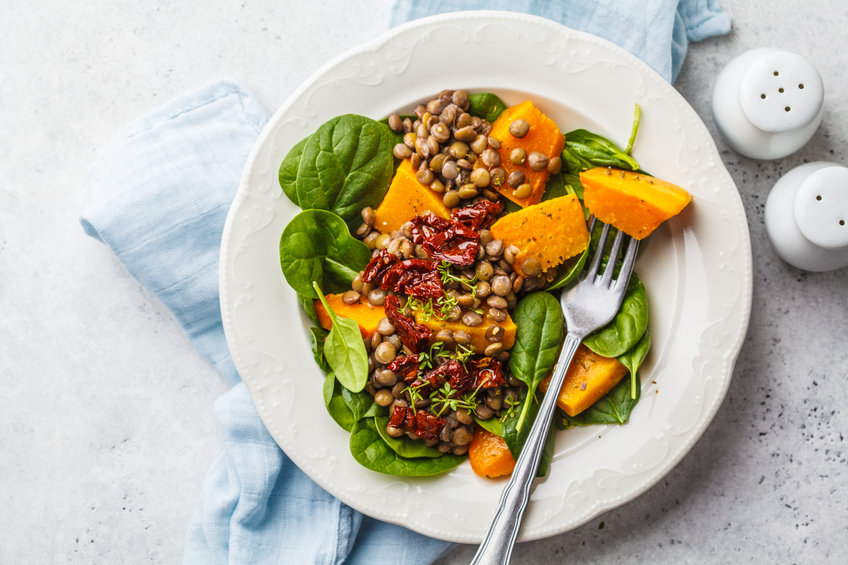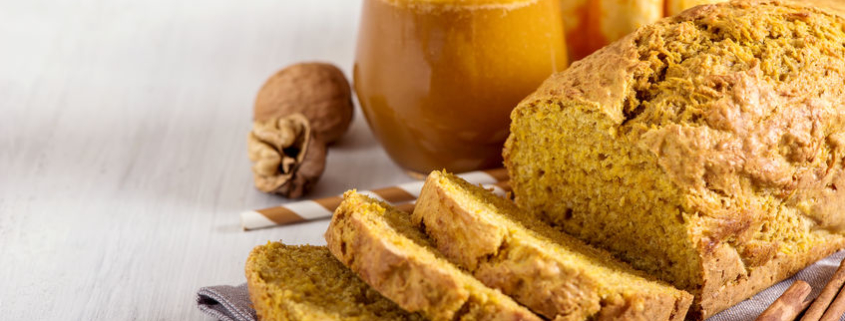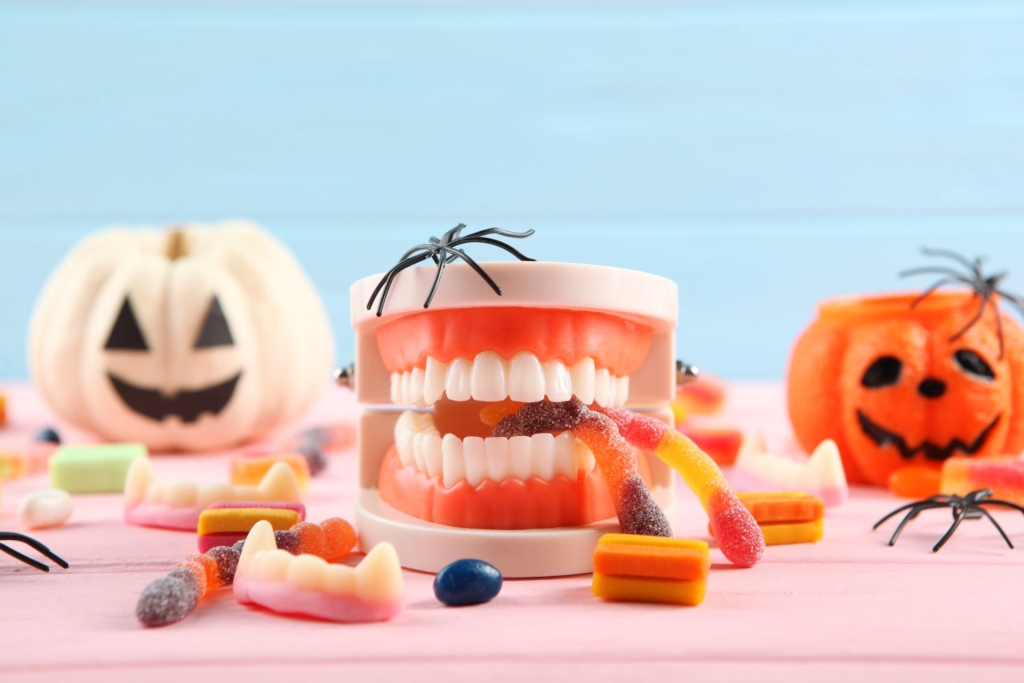Get Fresh at Your Local Farmers Market
By Carolina Grant, RD, IBCLC | Registered Dietitian
There are many ways we can properly fuel our body, and a good way to start is by being surrounded by nutritious foods such as the ones you can find at the farmers market. Around the valley, you can find a variety of farmers markets with local vendors and farmers year-round. You can find fresh produce, delicious food, and even homemade products. It’s a great way to try new things you wouldn’t typically find in stores.
Reasons to attend a local farmer’s market:
- Enjoy seasonal produce – the produce is as fresh as it gets and usually at its peak in flavor.
- Support your local farmers – this helps the local economy by supporting small businesses and creating more jobs.
- Cheaper prices – you can typically find great deals on conventional and organic produce.
- Less carbon footprint – farm to table is much closer when you’re shopping at your local farmer’s market a few miles away from home.
- Physical activity – you’ll do plenty of walking while traveling between vendors and getting some fresh air is always a great decision.
- Variety – you’ll find a variety of vendors selling pasta, bread, and fruits and vegetables among many other edible and non-edible items.
Tips for the farmer’s market:
- Get there early – you want to increase your chances of finding the most variety before the crowd arrives.
- Bring your own bags – most booths don’t offer any and you can help save some plastic.
- Bring the family, pets are welcomed too – this is a great way to involve children by allowing them to choose their fruits and vegetables.
- Talk to the farmers – they love sharing about their farming practices and will share some tips and tricks on food preparation.
- Shop the color of the rainbow – For a well-balanced diet, pick fruits and vegetables of all different colors for a variety of vitamins and minerals.
- Sample before you buy – this allows you to try different products without having to buy them first.
- Shop the deals – walk around once writing down prices or produce and come around a second time shopping for the best prices. If you find a great deal, buy extra to freeze, or make into large batches for leftovers.
On WIC, SNAP, or 60 years and older? You’ll want to keep reading.
If you are on WIC or are a qualifying senior, you may be eligible for at least $80 (per family member) or $100 respectively to spend at a participating farmer’s market on locally grown produce.
You’re eligible to collect coupons from February 15 to September 30.
Click here for participating locations: Locations – Arizona Farmers Market Nutrition Program (azfmnp.org)
SNAP Recipients:
Do you have a SNAP/EBT card with an active balance? For every $1 you spend, you receive an additional $1to spend on fruits and veggies, dried beans, and edible plants and seeds – there is no daily limit on how much you can double.
Click here for participating locations: Locations — Double Up Food Bucks Arizona (doubleupaz.org)
If you have any questions regarding nutrition related concerns, please reach out to one of NOAH’s Registered Dietitians!






